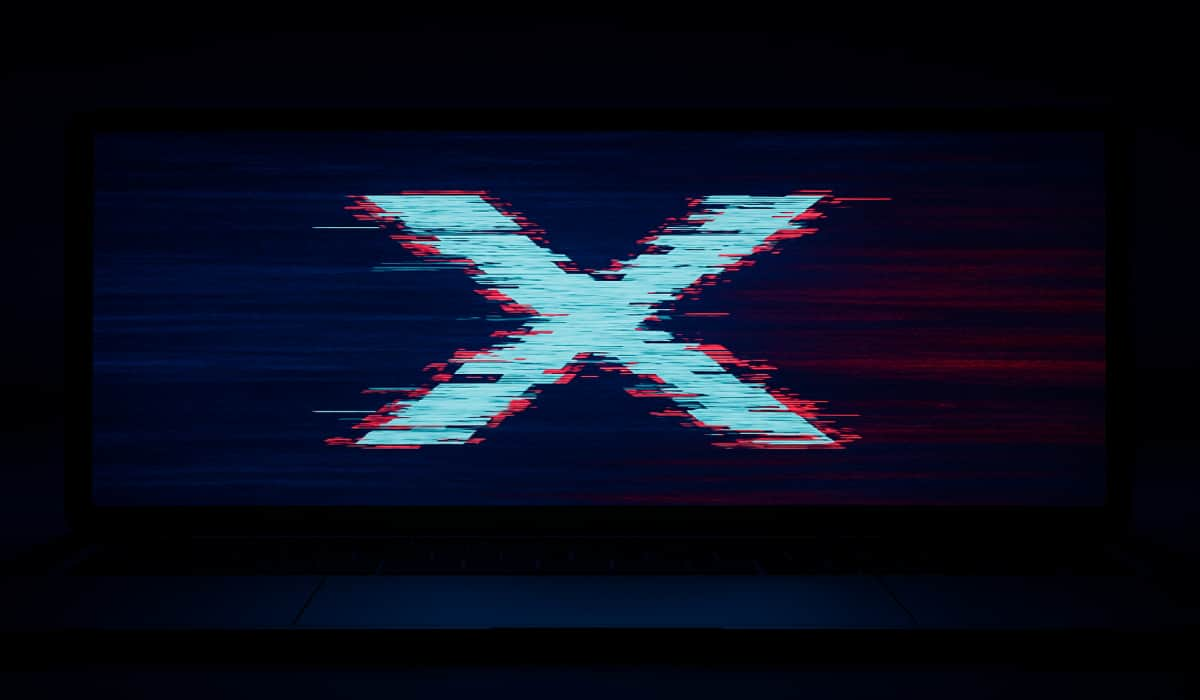BOOK THIS SPACE FOR AD
ARTICLE ADLawfare is partnering with the Stanford-MIT Healthy Elections Project to produce a series on election integrity in the midst of the coronavirus crisis. The Healthy Elections Project aims to assist election officials and the public as the nation confronts the challenges that the coronavirus pandemic poses for election administration. Through student-driven research, tool development, and direct services to jurisdictions, the project focuses on confronting the logistical challenges faced by states as they make rapid transitions to mail balloting and the creation of safe polling places. Read other installments in the series here.
As a state that already votes predominantly by mail, Arizona is better situated than others to manage elections during the coronavirus pandemic. Yet Arizona has significant obstacles to overcome in order to ensure a successful 2020 general election. For one, its presidential primary was held on March 17, early in the pandemic, so it hasn’t yet had the same chance to practice pandemic election management as states with later primaries—though it will have another chance with the Aug. 4 congressional primary fast approaching. And the number of coronavirus cases is rising exponentially in the state, meaning Arizona is heading into the general election season as one of the country’s major coronavirus hot spots. Given Arizona’s significance for both the presidential election and control of the Senate, the consequences of its decisions concerning election administration could extend far beyond the Grand Canyon State.
Major challenges for Arizona in the general election include the state’s ability to scale its vote-by-mail capacity to meet increased demand, which has yet to be tested. In addition, partisan division has hindered additional reforms that could address safety risks at polling places, and election officials have only recently published details regarding logistics for polling place safety and the provision of a sufficient number of poll workers. Ongoing coronavirus-related election litigation leaves some pandemic election rules unresolved, including a policy with potentially significant consequences in a mostly-mail election with a significant number of first-time voters.
Our full report on Arizona is available here.
Election Rules in Flux Because of Litigation
Arizona’s partisan landscape has resulted in election-related conflicts between Republican Attorney General Mark Brnovich and Democratic Secretary of State Katie Hobbs, with both of them sometimes in conflict with local county recorders seeking more aggressive vote-by-mail accommodations. Key issues at stake in litigation include the legality of a state law banning volunteers or others from collecting and returning ballots (sometimes called “ballot harvesting”), the rules surrounding treatment of provisional ballots cast at the wrong polling place, and inconsistent deadlines for curing mail ballots returned with signatures that don’t match the signature on file (“mismatched signatures”) as opposed to those returned with no signature at all (“missing signatures”).
In January, the U.S. Court of Appeals for the Ninth Circuit issued a split ruling en banc in DNC v. Hobbs, which invalidated two election rules: a state policy of tossing out entire provisional ballots cast in the wrong precinct (rather than tossing just the votes for city-council-specific seats and counting eligible votes for county, state and national offices), and a state law criminalizing taking another person’s completed mail ballot to the polls. The court held that both policies violated Section 2 of the Voting Rights Act because both have a discriminatory impact on American Indian, Hispanic and African American voters. The court reasoned that these voters disproportionately rely on others to bring their ballots to polling places for them, and also move more often, and are therefore more likely to accidentally turn up at the wrong precinct. In 2012, more than 5 percent of all in-person ballots were rejected, the highest rate among all the states, with roughly half of the rejections coming from provisional ballots cast in the wrong polling place. The court also held that the law criminalizing ballot harvesting, H.B. 2023, was enacted with discriminatory intent in violation of the Fifteenth Amendment to the U.S. Constitution, noting legislative history that included “unfounded and often farfetched allegations of … fraud” and a “racially tinged” social media video.
The state has asked the U.S. Supreme Court to hear the case, and the Ninth Circuit has issued a stay order until final disposition by the Supreme Court. Thus, despite the Ninth Circuit decision invalidating the election rules, both rules remain in effect until the court either denies certiorari (which could happen before November) or issues a final ruling in the case (which is unlikely before November).
Both policies at issue in DNC v. Hobbs have heightened importance in the pandemic. Coronavirus-related polling place reductions and relocations are likely to confuse voters more than usual regarding the correct polling location and increase the number of provisional votes cast at the wrong location. The criminalization of ballot harvesting could require more voters to show up in person at a reduced number of polling places and vote centers and could increase safety risks for all voters. Safety concerns could also inspire more voters than usual to avoid the polls and seek to have another person return their mail ballot for them. Under the law at issue, these ballots will not be counted.
Equally significant this election cycle is changing rules and ongoing litigation about how long voters will have to correct mail ballots rejected due to missing signatures on their return ballot envelope. Election officials use signatures to confirm the voter’s identity in mail voting. In June 2020, the Arizona Democratic Party and the Democratic National Committee sued the state regarding its inconsistent policy of discarding mail ballots that are missing a signature on the return envelope without providing such voters the same notice and opportunity to fix the error afforded to voters whose envelope signature does not match the signature in their voter registration record. Voters whose envelope signature does not match are notified and given a chance to correct their signature up to five days after Election Day, while voters whose return envelopes are missing signatures altogether have only until 7 p.m. on Election Day to remedy the error (or their vote is not counted). A significant number of voters return their mail ballots on Election Day or just a day or two before. Under the current deadline, those who don’t sign the envelope are unlikely to be notified or to be notified in time for them to fix the error by Election Day, and their votes will be tossed.
The inconsistent treatment of missing and mismatched signatures on mail ballots has been a heavily litigated issue in Arizona, and the rules have been changing even recently. In a September 2019 settlement agreement in a different lawsuit brought by the Navajo Nation, Secretary of State Hobbs agreed to extend the cure period for missing signatures to match that of mismatched signatures statewide. The settlement agreement was later retracted by Attorney General Brnovich, who asserted that Hobbs had no legal authority to extend the cure period.
The retraction of the settlement agreement, the resulting inconsistent deadlines for fixing mismatched and missing signatures, and the ongoing litigation are likely to lead to voter confusion and lost votes in the upcoming elections. These problems are likely to be exacerbated by the increase in first-time mail voters, who may be more likely to submit a ballot in an unsigned envelope.
Operational and Safety Issues in the Top Five Counties
Both the State of Arizona and its county election administrators have taken significant measures since the March 17 presidential primary to prepare Arizona’s voters and poll workers for healthy elections for the forthcoming Aug. 4 primary. Voters will select candidates to run in the November general election for a U.S. Senate seat, U.S. House seats and state legislative seats. Safety guidance for the March 17 election was minimal and details scant. Ahead of the Aug. 4 election, however, the state has stepped up with CARES Act funding, and counties such as Maricopa and Pinal have issued detailed plans for safe elections. Several other counties, however, have yet to publicly release specific coronavirus safety protocols.
The state has taken important steps to prepare for the Aug. 4 primary. On July 2, Governor Doug Ducey and Secretary of State Hobbs announced that $9 million in CARES Act funding would be allocated to fund AZVoteSafe, a state plan to ensure voter and poll worker safety. The funding was allocated to the following initiatives in approximately these amounts:
$5 million to election departments and country recorders for their coronavirus response initiatives, such as increasing the number of ballot drop-off locations, hiring additional temporary staff and poll workers, and expanding curbside voting. $1.5 million to increase early voting opportunities, especially in tribal and rural communities. $1.5 million to efforts to inform voters of their voting options. $1 million toward purchases of personal protective equipment and sanitation supplies for voting locations, such as face masks, face shields, gloves, hand sanitizer, disinfectant spray, disposable pens, and in some areas handwashing stations.The state also released two instructional guides to address election safety. The first, the 2020 AZVoteSafeGuide, outlines voters’ options to vote early, vote by mail or vote in person. The guide suggests precautions for in-person voting, such as wearing a face covering, bringing one’s own pen, maintaining physical distancing, washing one’s hands and avoiding touching one’s face. The second, Guidance for Reducing COVID-19 Risks at In-Person Voting Locations, includes tips for local election officials, including how to:
Encourage voters to vote by mail or vote early to reduce exposure to others and limit Election Day crowds. Ensure voting locations have adequate cleaning and disinfecting supplies, and personal protective equipment (PPE) for poll workers. Provide instructions to poll workers for reducing COVID-19 risks. Implement physical distancing at voting locations. Provide alternative voting arrangements to limit exposure to others. Avoid locating polling places where there are high-risk populations. Share with voters the Secretary of State’s recommendations for in-person voting.Despite the health risks to both voters and poll workers of in-person elections during a pandemic, the state issued only minimal health guidelines before the March 17 primary. On March 6, Hobbs indicated that Arizona would be following CDC guidelines regarding coronavirus precautions for polling locations but did not provide state-specific guidance. The CDC guidelines promoted behaviors that reduce spread, offered suggestions on how to maintain healthy environments and operations, and proposed specific recommendations for voters. On March 11, Hobbs issued a press release with some guidance for health and safety precautions for the elderly and for voting locations at senior centers and other facilities frequented by seniors, including:
Ensure the availability of clear signage for curbside voting for those who need it[.] Advise the facility to get the message out to vulnerable populations that they should avoid the crowds on Election Day unless they are voting, and to take heightened precautions in any case[.] Advise the facility to complete a full cleaning and disinfecting of the spaces used once the polling sites are closed down, according to DHS recommendations.At the county level, Maricopa County has released detailed plans for ensuring adequate numbers of voting locations and poll workers a
[…]
.png)















 Bengali (Bangladesh) ·
Bengali (Bangladesh) ·  English (United States) ·
English (United States) ·